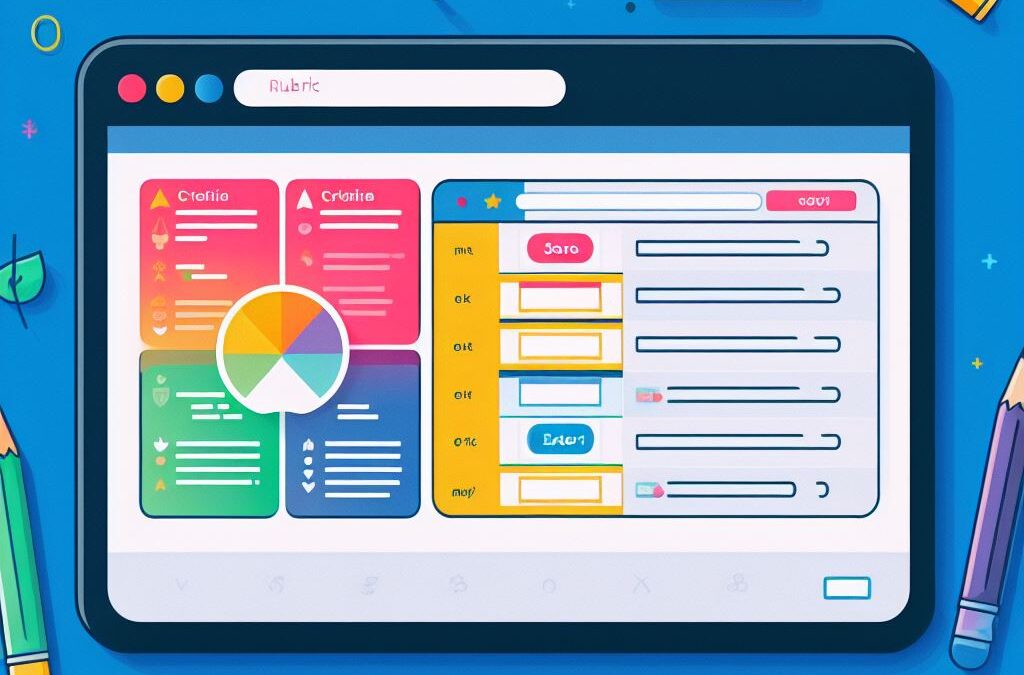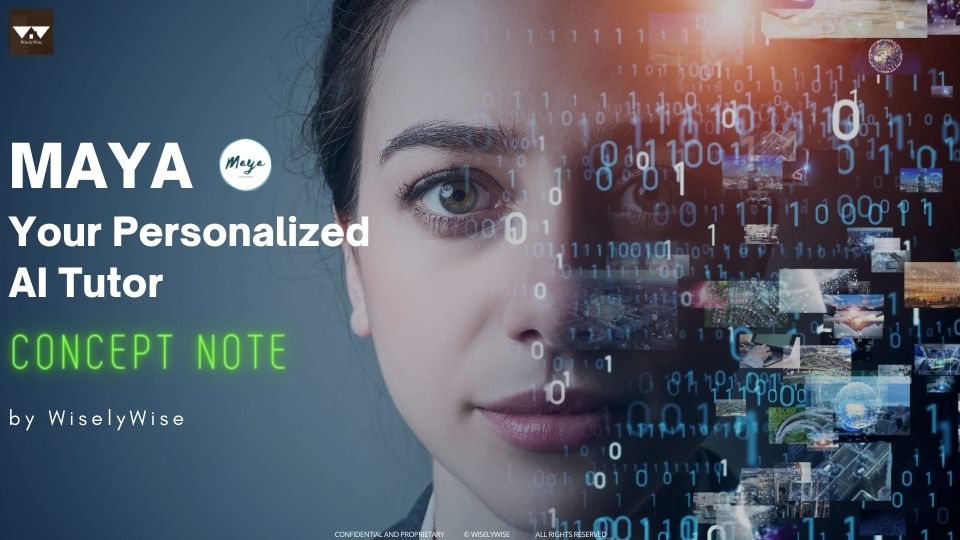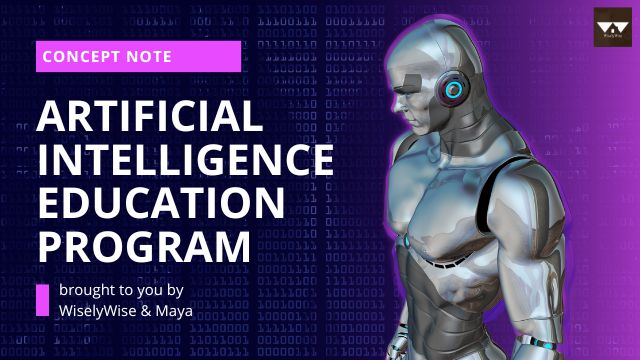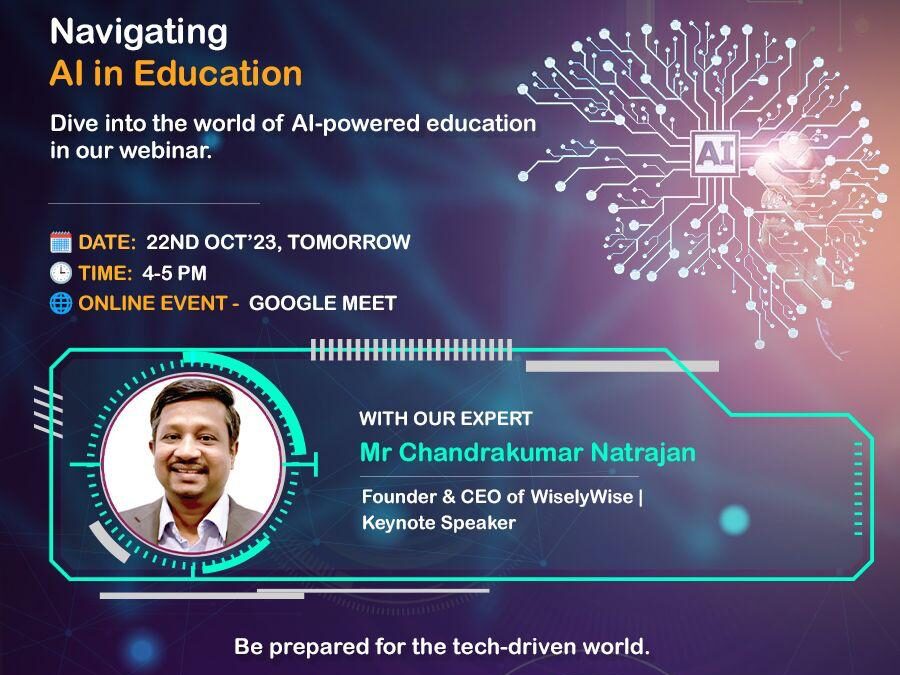
Grading Rubric Evolution: AI-Powered Assessment for Educators
Enhancing Grading Efficiency: Revolutionizing Rubric Evaluation with AI Tools
As an educator, grading rubrics efficiently across diverse subjects can be a daunting task. Developing assessment criteria that encompass various learning levels and align with educational benchmarks demands both time and precision. However, the integration of AI-driven tools offers an innovative approach to streamline and enhance the grading process.
The Role of Grading Rubrics in Education
Grading rubrics serve as the backbone of fair assessment in educational settings. They outline specific criteria and performance levels, offering students clarity on expectations and educators a standardized approach for evaluation.
Challenges in Traditional Rubric Grading
Traditional grading methodologies often involve time-consuming manual processes. Educators spend significant hours crafting, assessing, and evaluating rubrics, which can result in inconsistencies and subjective evaluation.
The Emergence of AI in Grading Rubrics
The advent of AI-driven tools has brought a revolution in the education sector. These tools, equipped with machine learning algorithms and data analytics, streamline the process of creating, assessing, and improving grading rubrics.
Efficiency Through AI-Powered Grading
AI-powered grading tools significantly reduce the time spent on creating rubrics. They offer customizable templates, enabling educators to tailor rubrics to specific subjects, learning objectives, and student levels, fostering a more efficient grading process.
Standardization and Consistency in Evaluation
AI tools ensure standardized evaluation methods, eliminating inconsistencies in grading. By providing uniform criteria and assessment parameters, educators can enhance the fairness and objectivity of their evaluations.
Advantages of AI-Integrated Grading Tools
AI-powered grading tools offer numerous benefits to educators looking for more efficient grading solutions.
Time-saving Capabilities
Automated rubric builders save teachers substantial time by generating rubrics tailored to specific subjects and learning objectives. This enables educators to focus more on providing valuable feedback and guidance to students.
Customizable and Tailored Solutions
AI tools offer customizable rubric templates, allowing educators to tailor assessments to match the diversity of student capabilities and learning objectives across various subjects.
Improvement in Evaluation Accuracy
AI’s data analytics and machine learning capabilities assist in evaluating student work with greater accuracy and objectivity, reducing subjective biases in assessments.
Embracing AI-Driven Solutions for Grading Rubrics
Educators seeking more efficient grading solutions can benefit significantly from the integration of AI tools in rubric development and assessment processes.
Exploring the Future of Grading
As technology continues to advance, AI tools will play a pivotal role in evolving assessment methodologies. Educators embracing these innovative solutions contribute to a dynamic and inclusive educational environment.
In conclusion, the integration of AI-driven tools revolutionizes the grading process, particularly in rubric development and assessment. Educators leveraging these solutions streamline the process, enhance accuracy, and contribute to a fairer and more efficient assessment methodology across diverse subjects. Embracing these innovative solutions not only enhances grading efficiency but also fosters a more dynamic and inclusive educational environment.

Try Maya – Create your Grading Rubric








Recent Comments